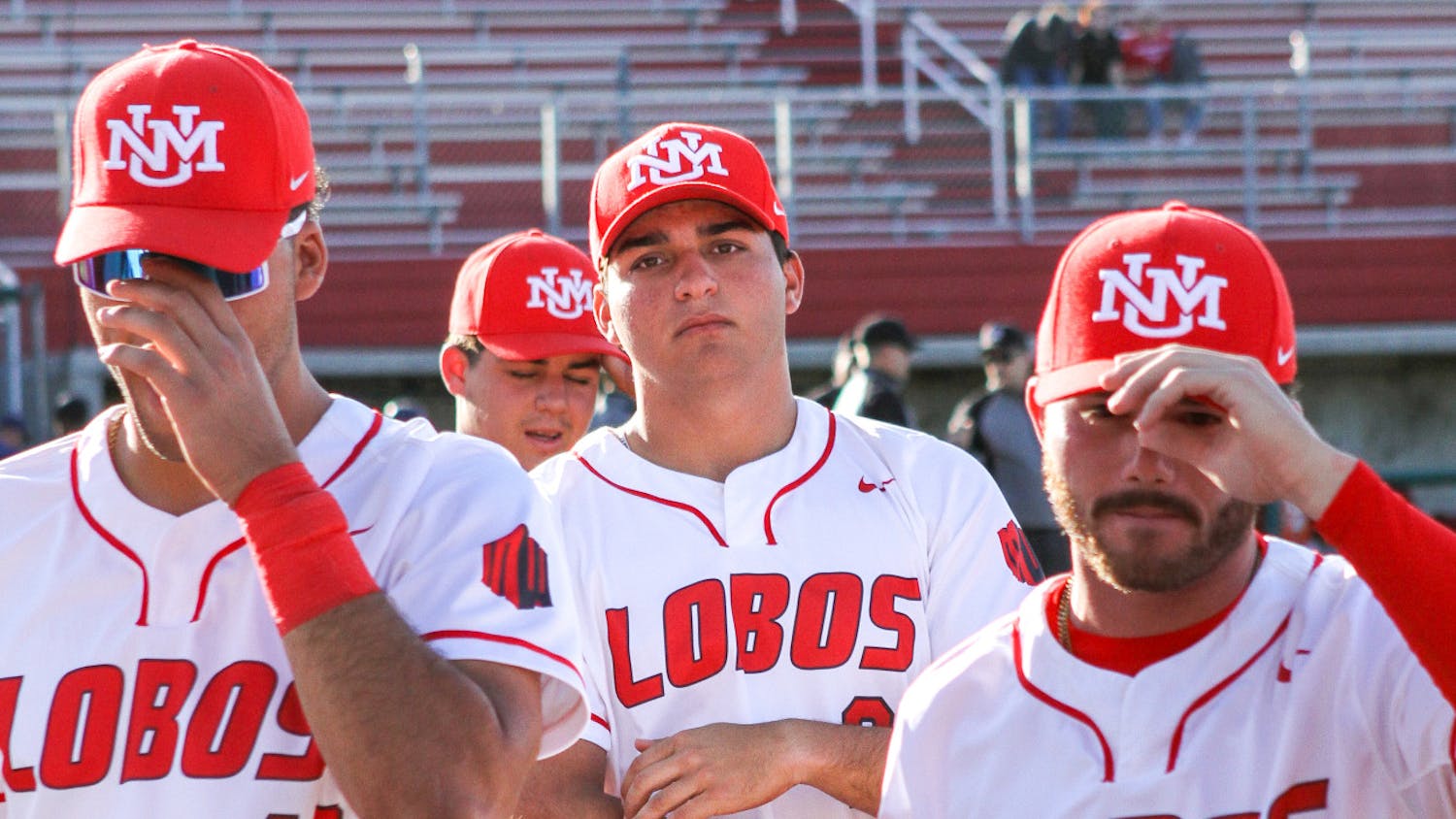The University of New Mexico has a number of unique departments, but for 40 years the College of Pharmacy has had a life saving department, the New Mexico Poison and Drug Information Center (NMPDIC).
For 24 hours a day, seven days a week, operators at the NMPDIC receive calls from across New Mexico and provide treatment advice regarding poisonings, drug inquiries and more.
Susan Smolinske is the director for NMPDIC. She said pharmacists are the ones who answer the phones, and most of the calls are from the public.
In cases of medication poisonings, pharmacists will try to obtain information, such as medicine dosage and brand, over the phone from the caller to determine whether a trip to the emergency room is needed, and then provide a follow up call.
“Depending on the substance, we’ll either closely follow up or have (the caller) call us back if there are any problems, but we want to make sure that everything is going okay,” Smolinske said.
She said if the caller goes to the emergency room, the center’s pharmacists want to know where.
“If we talk to the triage person at the hospital... we can give some treatment advice as to what they need to do when that person hits the door and that can save some time,” Smolinske said.
She said the other types of calls the center gets are ones from hospitals and veterinarians looking for the “best management for the patient.”
Regardless of the amount of calls, the center has a quick response rate.
“Our average time with having to answer a call is 10 seconds — most people do not have to wait,” Smolinske said.
Starting in 2013, the NMPDIC has seen a decline in calls, but an increase in treatment, according to data released from the 2017 NMPDIC annual report.
In 2013, the drug and poison information center received more than 30,300 calls, but had less than 24,000 calls in 2017. From July 1, 2016 to June 30, 2017, the report recorded more than 3,700 drug information related calls and more than 20,000 poisoning related calls.
Get content from The Daily Lobo delivered to your inbox
The center also reported an increase in total cost savings, from $44.7 million in 2013 to $50.2 million in 2017.
However, the annual report noted that the number of students taught in the College of Pharmacy in 2017 was at 50, compared to 80 in 2013.
Smolinske said the biggest factor in the decrease of students is because of the decreased class size as well as the availability of pharmacy students to work at the center.
Smolinske said College of Pharmacy students work at the NMPDIC during their time at UNM, next to students from the College of Medicine, physician assistants and emergency medical technicians. She said the position is not permanent and students work at the center one month and conduct research the next.
The report also cited that 42 percent of patients “are less than six years of age” and 57 percent of poisoning-related calls involve medications.
Smolinske said that this is because of the toxicity of medications, as well as a child’s accessibility to substances.
“A lot of medications look like candy and children will gravitate to them if they’re left out,” she said.
She added that prevention can save lives and that you should never leave children alone with medications.
“Just make sure that (medicines) are in child resistant closures and (make) sure you use those closures correctly,” Smolinske said.
Food poisoning, gases, pesticides, foreign bodies, bites and envenomations, alcohols, cosmetics, and personal care and cleaning substances makeup at least 29 percent of poisoning related calls.
For adults, Smolinske shared life saving advice.
“Prevention involves some common sense — you should never mix two household chemicals together,” she said. “There’s an infinite number of combinations that produce dangerous gases.” She added to not put antifreeze or automotive chemicals into plastic food containers or bottles.
Daniel Rodriguez is going into his third year as a graduate student studying pharmacy. He said he may do a rotation at the NMPDIC in his fourth year. Rodriguez said the work the NMPDIC does is great.
“With all of the medications that are out there, some of them look very like candy and we don’t want kids getting into any of that. And then if they do, we definitely need someone 24/7 to help,” Rodriguez said.
Kaitlin Garrett is a student enrolled in pharmacy school and served a rotational position at the NMPDIC. Garrett’s main responsibility at the center is to conduct client satisfaction surveys.
“My job is to gauge what (callers) thought of their experience calling the poison center and I ask if the specialist that helped them was courteous and compassionate, if the information was helpful and what they would have done if the poison center had not been available,” she said.
Garrett said the overall response rate was good and when callers were asked what they would do without the drug and poison center, many said they would have called an ambulance or gone to the hospital.
“By asking (callers) what else they would have done, we’re able to see that we have helped save a lot of money for the state, because the don’t have to go to the emergency department and spend thousands of dollars when they were able to manage their situation from home,” Garrett said.
When she started pharmacy school, Garrett said that she did not know how big of a resource the center is.
“It really, really helps people a lot and it’s all across the state, not just in Albuquerque,” she said.
The New Mexico Poison and Drug Information Center can be contacted at 1-800-222-1222 and online at https://nmpoisoncenter.unm.edu.
Anthony Jackson is a freelance reporter with the Daily Lobo. He can be contacted at news@dailylobo.com or on Twitter @TonyAnjackson.





